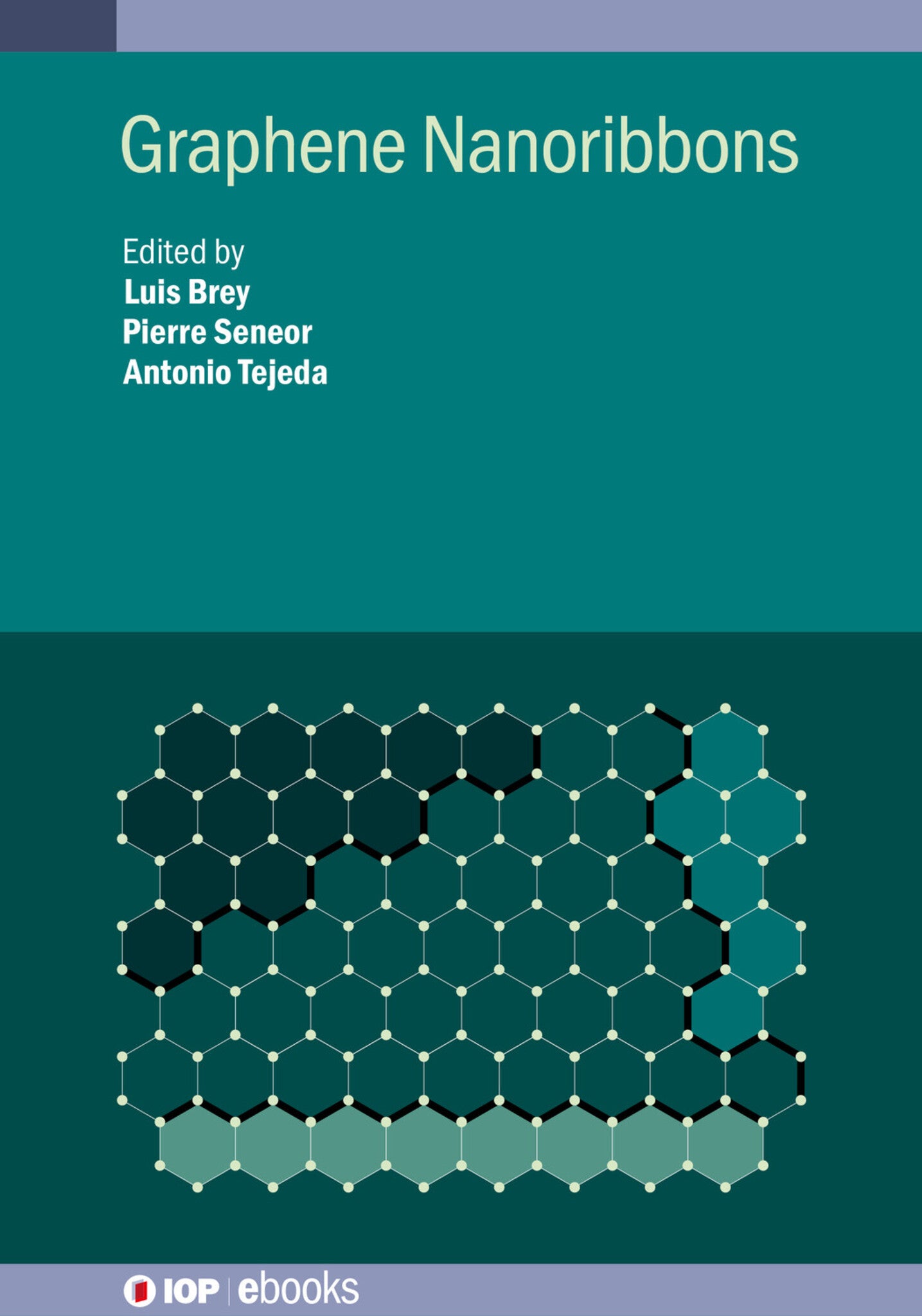We're sorry. An error has occurred
Please cancel or retry.
Graphene Nanoribbons

Some error occured while loading the Quick View. Please close the Quick View and try reloading the page.
Couldn't load pickup availability
- Format:
-
18 November 2019

Graphene nanoribbons are the basic element of many nanoscale devices. Numerous studies have already been performed on fundamental research to explore their properties from theoretical and experimental points of view. With applicative studies now taking over the fundamental studies, leading editors and authors in the field review the fundamental properties and the current device technology in this book.
Theoretical properties of graphene nanoribbons are introduced before concentrating on different fabrication methods and their properties out of different experimental characterizations. Finally, the text explores the perspectives of graphene nanoribbons for electronic transport.
This is a one-stop handbook for researchers wanting to further utilise graphene nanoribbons, and it is also a valuable reference text for any interested materials and surface scientists.

SCIENCE / Nanoscience, Nanotechnology

Chapter 1: The growth and structure of epitaxial graphene nanoribbons
1.1 Introduction
1.2 Epitaxial ribbon production
1.2.1 EG Ribbon methods and geometry
1.2.2 Graphene ribbons on vicinal SiC
1.2.3 Sidewall graphene growth
1.3 Summary and future outlook
Chapter 2: Bottom-up approach for the synthesis of graphene nanoribbons
2.1 Introduction
2.2 Solution-mediated synthesis graphene nanoribbons
2.2.1 Synthesis of early narrow graphene nanoribbons
2.2.2 Solution of mediated synthesis of more extended GNRs
2.3 Surface-assisted synthesis of GNRs
Chapter 3: Spin-orbit in graphene nanoribbons
3.1 Introduction
3.2 Model and method
3.3 Results
3.3.1 Zigzag graphene nanoribbons
3.3.2 Armchair graphene nanoribbons
3.4 Summary
Chapter 4: Emergent quantum matter in graphene nanoribbons
4.1 Introduction
4.2 Modeling GNR
4.3 Emergent phases and zero modes
4.4 Dimerized spin chain
4.5 Magnetic ribbons competing a superconducting proximity effect
4.6 Experimental probes
4.7 Conclusions and outlook
Chapter 5: Theory of transport in graphene nanoribbon-based systems
5.1 Introduction
5.2 Description of the systems
5.3 Modeling graphene nanoribbon systems
5.4 Zigzag graphenena noribbons as valley filters
5.5 AA and AB-stacked bilayer nanoribbon flakes
5.6 Twisted bilayer graphene nanoribbons
5.7 Spin-polarized transport in graphene nanoribbons
Chapter 6: Experimental studies of electronic transport in graphene nanoribbons
6.1 The role of the edges
6.2 Transport regimes in nanoribbons
6.3 Transport studies on GNRs
6.3.1 GNRs formed by on-surface synthesis
6.3.2 GNRs made by lithography
6.3.3 GNRs epitaxially grown on SiC
6.4 Summary and Conclusion
Chapter 7: Quantum transport on graphene nanoribbons in the presence of disorder
Introduction
7.1 Methods for electronic structure calculations
7.2 The Landauer-Büttiker quantum transport model
7.3 Mesoscopic DFT-based transport calculations of disordered nanoribbons
7.4 Boron and nitrogen substitutional doping
7.4.1 Electronic and transport properties in single-doped ribbons
7.4.2 Mesoscopic transport properties in randomly-doped ribbons
7.4.3 Topological defects
7.4.4 Covalent adsorption and sp3-type defects
7.4.5 Bilayer graphene nanoribbons
7.5 Magnetotransport in disordered ribbons
7.5.1 Quantum Hall effect in graphene : Landau levels and edge states
7.5.2 Magnetotransport in disordered narrow
7.5.3 Spatial chirality breakdown in disordered large graphene ribbons
7.6 Conclusion



